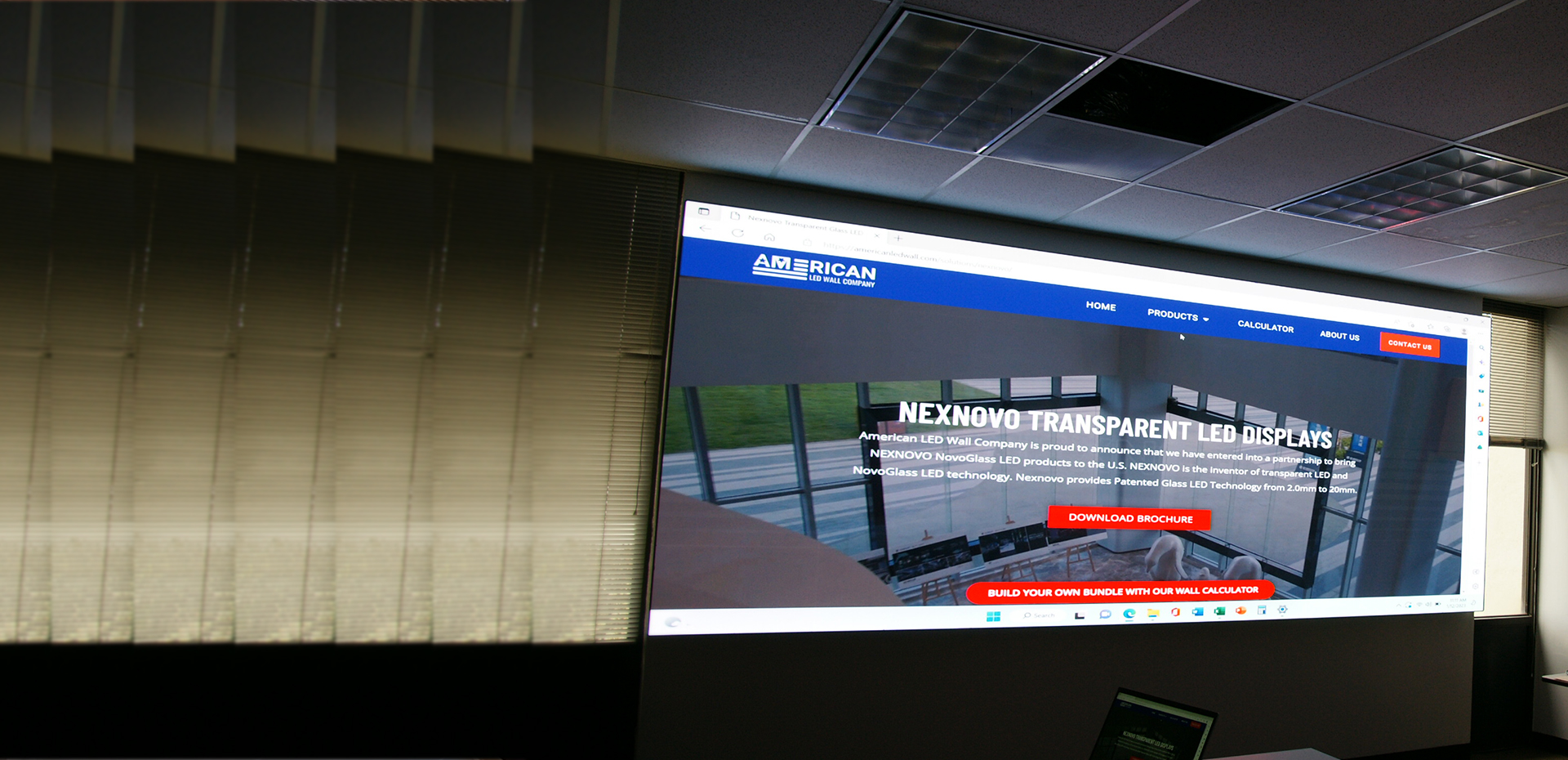Exploring the Diverse Integration Options Offered for LED Wall Modules
Exploring the Diverse Integration Options Offered for LED Wall Modules
Blog Article
LED display units have gained traction for their ability to deliver high-quality imagery in multiple settings, from corporate environments to entertainment venues. One of the most significant aspects of these systems is their interface capabilities, which allow users to connect them to multiple devices and systems. Comprehending the diverse input options supported for Light Emitting Diode wall panels is essential for enhancing their use and effectiveness. This article details these features, highlighting how they can cater to various needs and preferences.
One common interface method for Light Emitting Diode wall panels is High-Definition Multimedia Interface. HDMI is widely known for transmitting crisp video and audio streams between devices. This interface type is especially useful in commercial settings, such as meeting spaces or classrooms, where visual content or video content are often displayed. By using HDMI cables, users can seamlessly link laptops, projectors, and streaming equipment to Light Emitting Diode wall panels, guaranteeing a clear and dynamic presentation of information.
Another popular interface method is DisplayPort, which is similar to High-Definition Multimedia Interface but offers additional advantages. Display Port can support elevated refresh rates and resolutions, making it an excellent choice for interactive media or design-heavy applications. For those deploying Light Emitting Diode wall panels in environments where output quality is essential, such as esports arenas or creative workspaces, Display Port can provide the necessary visual quality. Moreover, many modern computers and graphics cards feature Display Port connections, making it a convenient option for technology-oriented professionals.
In addition to HDMI and Display Port, cordless transmission options are becoming increasingly prevalent in Light Emitting Diode wall panel solutions. Cable-free connections allow continue reading this users to share content without the requirement for physical cables, promoting a cleaner and more flexible configuration. Platforms such as Wi-Fi and Bluetooth allow users to link smartphones, tablets, and laptops seamlessly to LED wall panels without cumbersome wires. This versatility is especially beneficial in dynamic environments like exhibitions or live functions, where rapid adjustments to displays are often needed.
For larger installations or more intricate configurations, LAN integration through wired networking is another reliable solution. Ethernet connections provide a stable and robust way to integrate multiple Light Emitting Diode wall panels within a network. This approach is suitable for digital signage applications found in shopping malls or transport hubs, where multiple panels may need to present coordinated content across a broad area. By using Ethernet cables and routing hardware, operators can guarantee that all connected panels receive consistent updates and information seamlessly.
Finally, it's crucial to evaluate the evolution of connectivity with technologies such as USB-C and Thunderbolt Three. These next-generation interfaces offer enhanced data transfer rates and flexibility by allowing one connector to handle both power delivery and data exchange. As more systems adopt these standards, LED wall panels equipped with USB-C ports will likely become more common. This evolution in connectivity not only enhances the functionality of LED wall customized lighting solutions panels but also coincides with the emerging trend of minimalism in hardware arrangements by reducing the number of cables needed.
In summary, exploring the diverse interface methods accessible for Light Emitting Diode wall panels uncovers many possibilities for users across various fields. From traditional methods like HDMI and Display Port to modern wireless solutions and network connections, each option serves unique purposes tailored to specific needs. Additionally, emerging technologies like Universal Serial Bus-C offer further developments in how professionals utilize Luminescent Diode wall panels. By grasping these connectivity alternatives, individuals can make strategic decisions that enhance their overall experience with these multifunctional display tools.